One of my favorite parts about putting out a new edition of the VEST report is I get to dive into a pile of new data about industry trends. Think Scrooge McDuck and his pool filled with gold coins.
Indeed, with 208 data points on 22 vendors, there’s so much data that it’s a challenge to make sense of it. The approach I settled on this time is to compare the average score of each item against its average in the previous edition, six months earlier. Since we only added one new vendor for this edition and kept all the old ones, the vendor base itself is largely stable. Items with the greatest change in average score are the ones that vendors are adapting most rapidly. (The scores are: 2=comply fully; 1=comply partly; 0=do not comply. So, a higher score indicates a more common feature. An item present in every system would have a score of 2.0. The actual average is 1.41.)
The table below shows the top 20 items based on this ranking. Colors in the “average score” column show the relative score of each item – closer to green means an item is more common; closer to red means it is more rare. The ranking is based on all 200 items, so the broad range among this group shows that all types of features are being added, not just the rare ones.
At first glance, these items seem almost random. But on closer examination, they fall into three categories.
• Sophisticated marketing programs. These are features for advanced outbound campaigns. This means they appeal to the most sophisticated marketers and are probably not very widely used. As hinted by the color coding and confirmed by group, these features are already relatively common. So their continued growth represents catch-up by vendors who had not already provided them, probably more for competitive sales reasons than actual customer needs.
• New channels. These are features for marketing outside of email. They include managing events such as trade shows, integrating with external Web sites, and support for fax and direct mail. As a group, these are more rare than the previous set (average score of 1.02 vs. 1.28), suggesting that vendors who add them are more leaders than followers. They illustrate the continued expansion of marketing automation to support true multi-channel marketing programs.
• Advanced marketing management. These are features to help manage large-scale marketing operations. They relate to administrative and reporting needs including fine-grained control over user access rights, detailed cost reporting, user interface in multiple languages, and control over large volumes of assets. Most of these features are still relatively rare, although the group average is raised by two relatively common items (templates that automatically copy changes into existing assets and reports on asset usage by campaign). As with the changes to support sophisticated marketing programs, these features are needed by a small fraction of marketers, but vendors are probably adding them because they appear on buyer checklists.
You may have noticed that social media is missing from these lists. Don’t be alarmed – it’s just that most social media features were not covered in the previous edition, so we can’t calculate growth rates. Here’s a list of all the new items and their scores. As you see, they’re all still relatively rare. I’m pretty sure that social media features are being added quickly although I don’t have the data to prove it.
What didn’t grow so much? Well, there’s little change in basic marketing capabilities but that’s just because pretty much everyone already has them. Less predictably, there’s little change in reporting, CRM integration, database design, features targeted at ease of use, content creation, and pricing models. If there’s a pattern here, it’s that these are fundamental aspects of system design and business models. In other words, vendors are making incremental enhancements rather than radical changes.
You can read this as a sign of maturity or stagnation. Maybe they’re the same thing. Either way, it’s arguably a good thing for marketers that the pace of change has slowed down a bit, since it gives them time to catch up. It’s more dangerous for vendors, since a stable feature set is easier for outsiders to duplicate, and gorilla invasion is the biggest threat faced by existing marketing automation leaders. As my previous post reported, small vendors can still grow quickly enough to approach the industry’s top ranks. But it’s entry by large outsiders who can leverage an existing customer base, such as users of email, CRM, or Web content management systems, that could really change the industry structure overnight. Stay tuned.

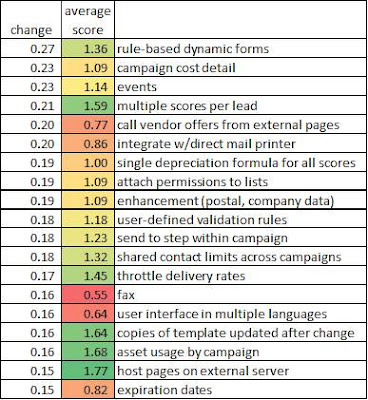
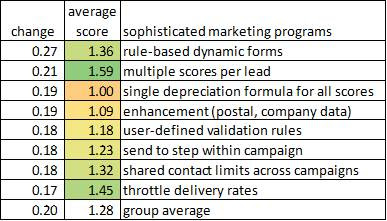
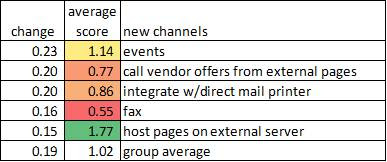
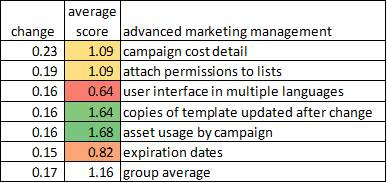
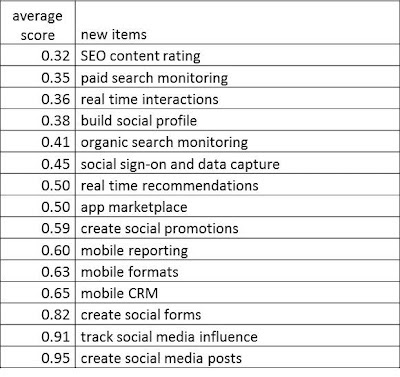

![[Research Round-Up] The Latest From NetLine On B2B Content Consumption](https://customerthink.com/wp-content/uploads/email-g56aa02a47_1280-pixabay-email-marketing-218x150.png)
